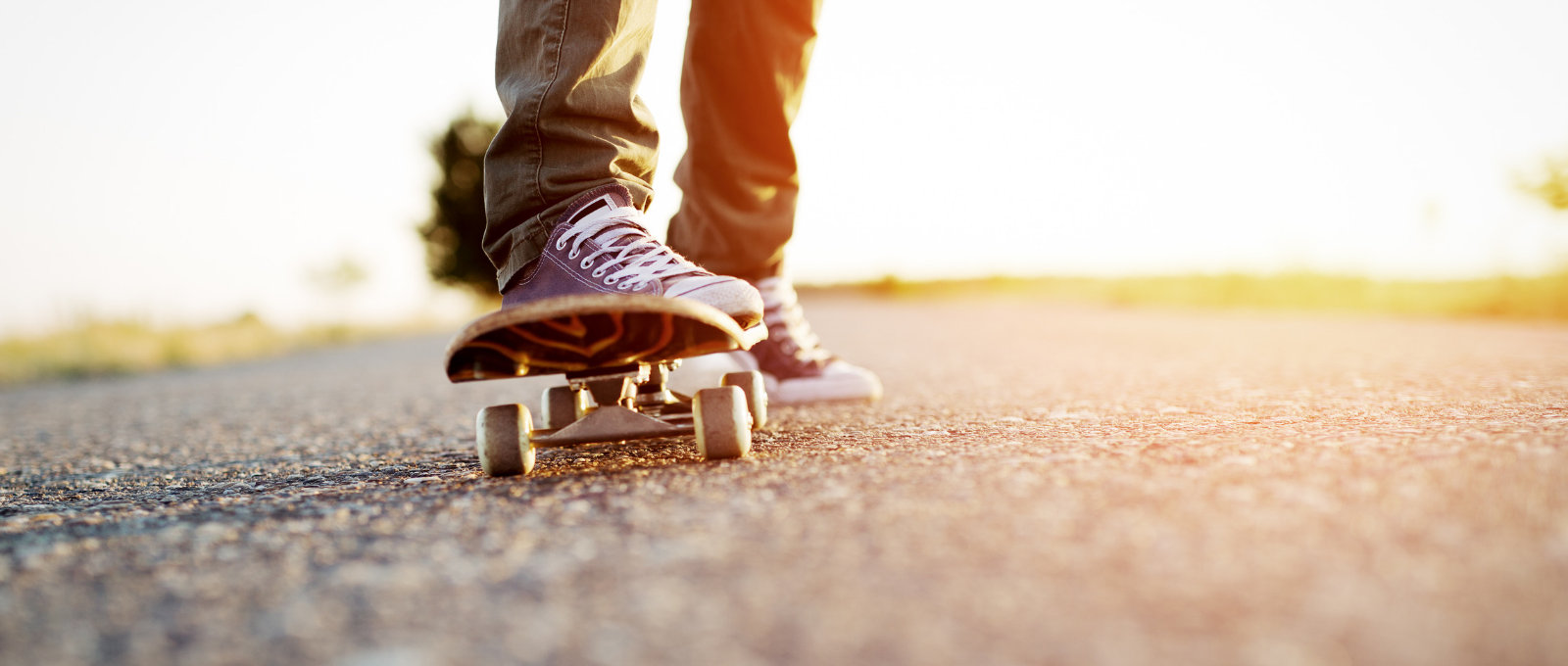Parents have long associated adolescence with increased risk taking. This can be frustrating and even scary for parents, but developmental science has helped us better understand the neurological basis of risky adolescent behavior. In previous blog posts we’ve written a lot about the teenage brain. As young people are beginning to exercise their independence the region of their brain just behind their forehead goes “under construction.” This region, the prefrontal cortex (PFC) is the executive center of our brains. It helps us weigh the potential consequences of our actions and assess risk. It helps us, “Stop, Look, and Listen” before we take action. A growing and developing prefrontal cortex helps explain on-the-fly impulsive decision making and reminds us that most young people would be wise to take a few deep breaths before acting to let their prefrontal cortex catch up.
Yet maturing brakes alone don’t fully explain the complex set of processes that propel the teenage brain to take risks. It turns out that the “gas pedal” takes center stage as well.

Dopamine – The Happy Brain Chemical
Unfortunately, too many who have read the research on the teenage brain come to quick conclusions about adolescents often fueling misperceptions of teenagers as irrational loose cannons who can’t be trusted with anything. It turns out though that young people are making choices influenced by a very different set of chemical influences than their adult counterparts. For starters, the teenage brain appears to be more sensitive to the effects of a neurotransmitter called dopamine. I like to think of neurotransmitters as “molecules of emotion” because their levels in our brain have a lot to do with our mood. Dopamine is the “happy” neurotransmitter. The more dopamine is circulating in our brains the happier we feel. The growth of more dopamine receptors during adolescence as well as an enhanced dopamine supply provides a rush that adults just don’t feel when engaged in the same activity. There is even some evidence that baseline levels of dopamine are lower during this time but the release is more intense, which could cause craving of dopamine-inducing experiences—like skateboarding behind a moving vehicle.
This hopped up reward system can drown out warning signals about risk. This doesn’t mean that young people don’t stop to think about the consequences or that they “don’t know any better.” Most of the time adolescents know exactly what might happen. It is just that there are times when the reward seems well worth it. So before we write off young people as “irrational,” we would be wise to acknowledge the strategic choices that adolescents often make as they choose between safer or more thrilling adventures. Teenage decisions are not always defined by impulsivity because of lack of brakes, but because of planned and enjoyable pressure to the accelerator.
Skate boarding behind cars isn’t the only thing that activates the reward system in the teenage brain. There are lots of sources of dopamine. Some are negative like alcohol, drugs, and nicotine. Others present a double-edged sword, like peers. Research about risky driving shines a light on the powerful role that peers play in teens decision-making when they are behind the wheel. Evidence is clear that when peers are in the car with a teen driver, they are more likely to get into an accident. The conventional thinking has been that passengers in the car must distract the driver or exert peer pressure for reckless driving, egging their friends through red lights and asking them to gun it on straightaways. Those dynamics might be present at times, of course, but it turns out though that teens drive more recklessly even if their friends do nothing at all. Simply the presence of peers activates young people’s reward systems, amplifying the surge of dopamine they get as their foot hits the car’s accelerator.
Given Thanks for Dopamine
For parents the combination of the gas pedal to the floor and the brakes on back order can be unnerving. Throw the growing influence of peers into the mix and many parents run for the hills. But it is helpful to put all of these brain processes in developmental context. Young people need to somewhat enjoy the thrill of risk taking in order to complete an incredibly overwhelming task: growing up.
Perhaps my brothers would have lived in my parents’ basement for the rest of their lives if it weren’t for the reward systems in their brains, pushing them to discover new things and to see what they were capable of. The science also reminds us that young people do have the capacity to make thoughtful decisions and often carefully weigh costs and benefits. Far from a liability, the architecture of the adolescent brain is essential. Our job is to ensure that we have families and communities who can support young people through this important developmental moment.
Pathologizing their brains, sending them to their rooms, or even locking them up until they are twenty-five not only robs them of critical practice during this window of sensitivity in the brain, it also robs all of us of the important contributions young people can make. The challenge then is to find ways to develop the brakes and to harness the risk taking drives of adolescents and funnel them towards risks that may have a more positive impact on them and on others, like standing up to a bully, carrying a canoe for the first time, trying out for a new team, taking on the solo in the school choir, organizing a collective action, or publishing poetry.